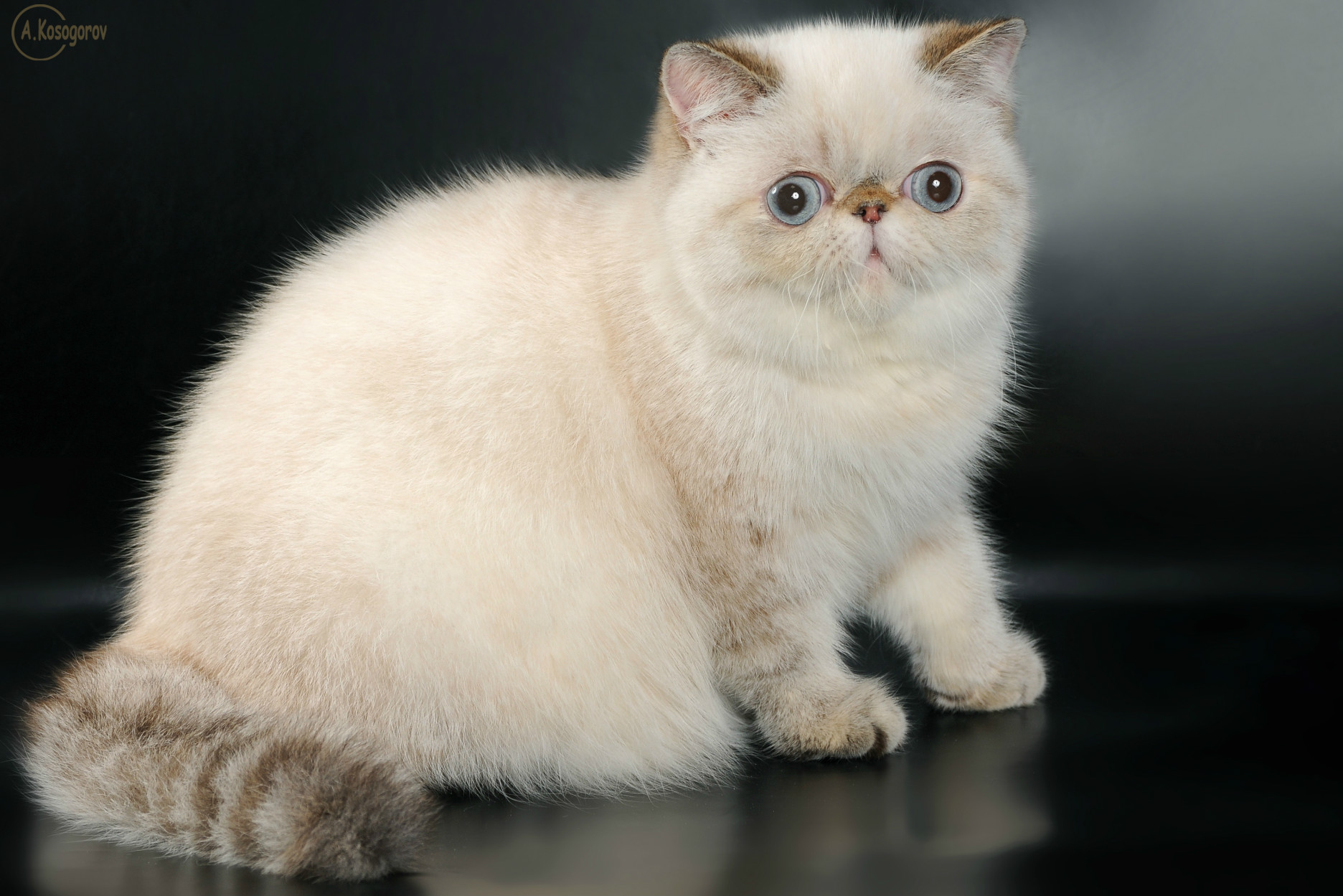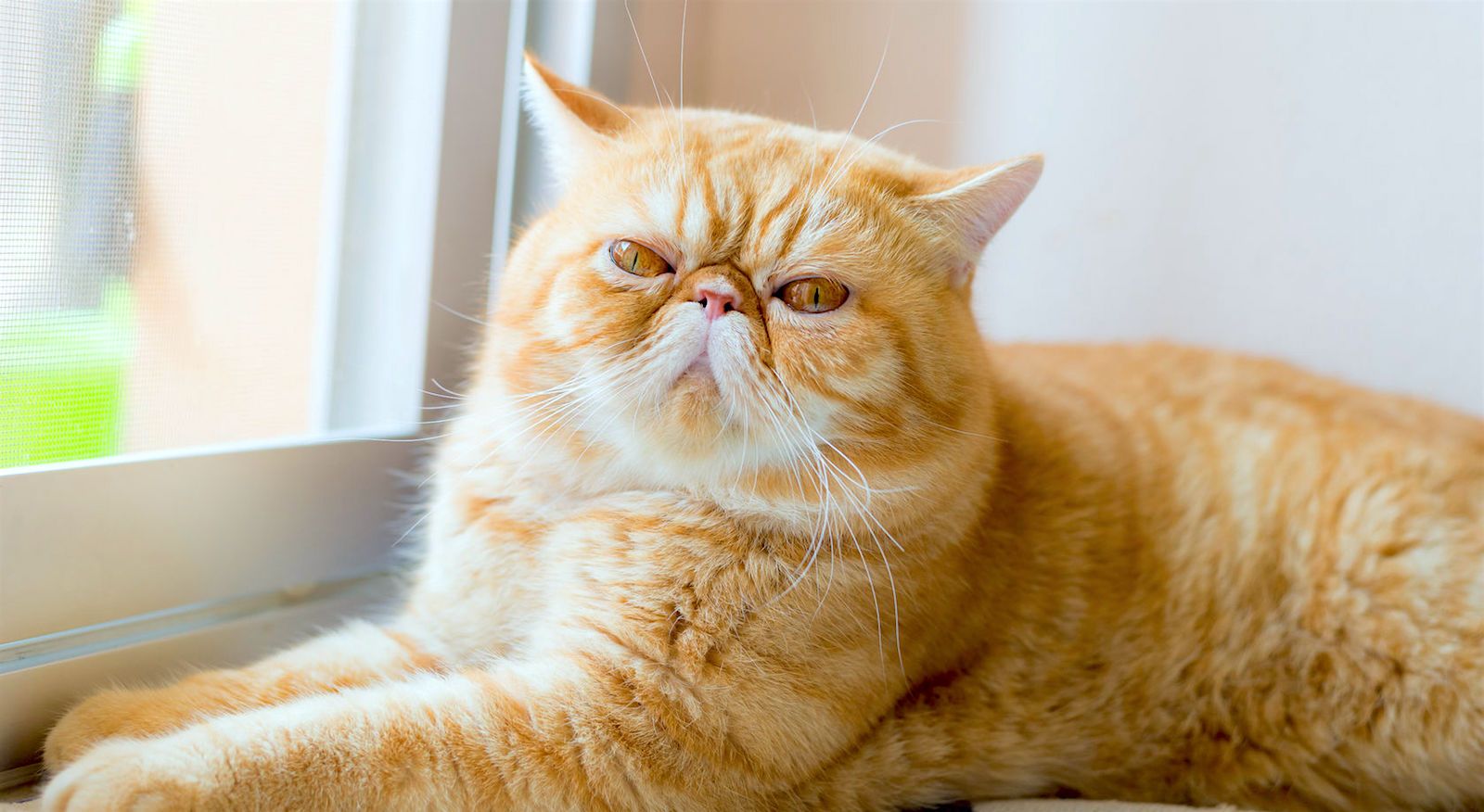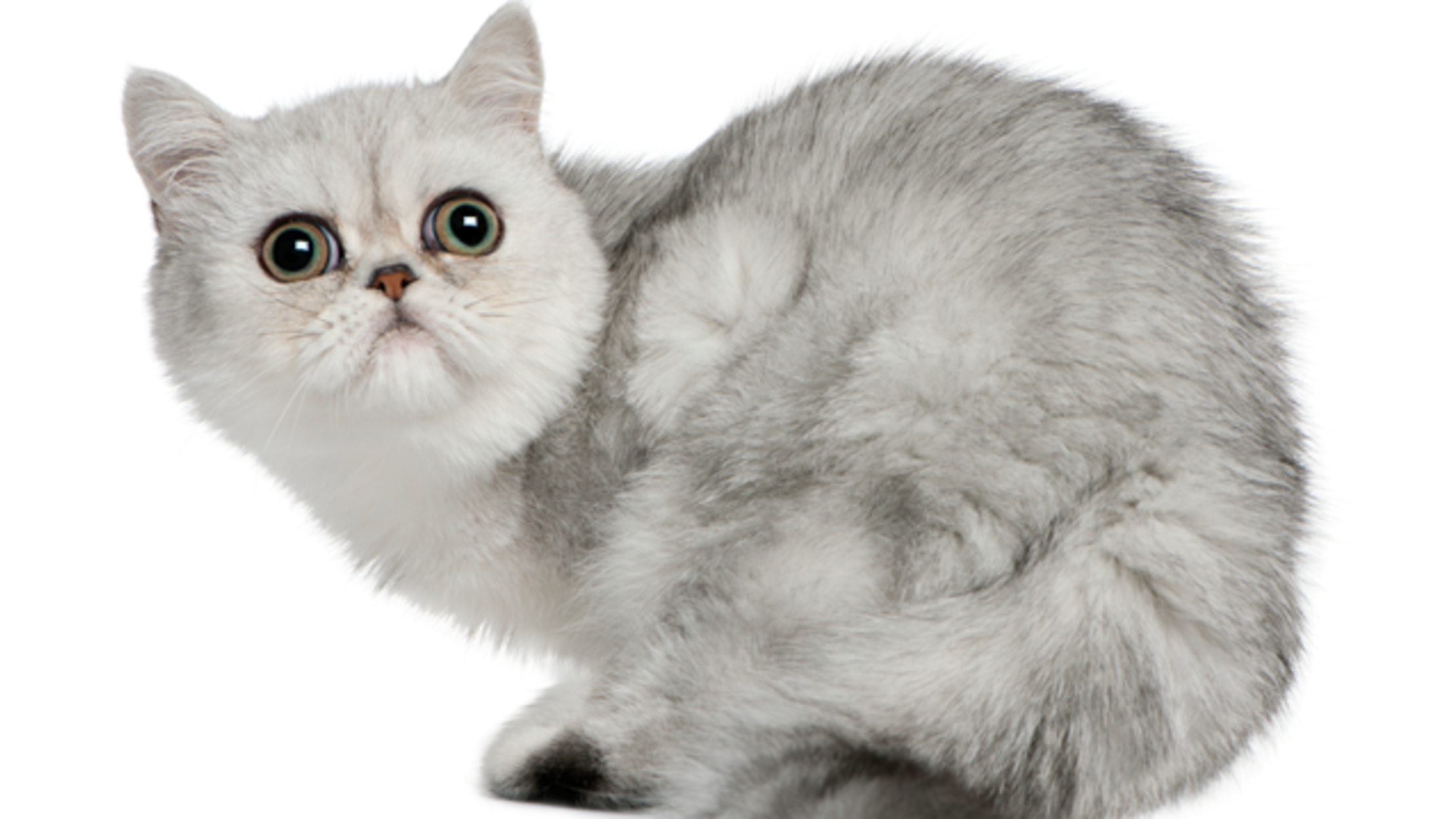
Best Exotic Cat Breed Guide – Characteristics, Temperaments
The Exotic Cat or the Exotic Shorthair is the only hybrid cross recognized in the US. The Exotic is a relatively new hybrid created by crossing American Shorthairs with Persians. The intent of the breeders was to create a Persian type cat that didn’t require excessive grooming. These breeders could see that a Persian in short hair would make a valuable addition to the cat fancy. The hybrid breed ran into a lot of resistance from American Shorthair breeders who wanted to keep their breed true. Therefore in 1966, it was decided to create a new breed called the Exotic Shorthair which was recognized in 1971. The first Exotic Shorthair achieved the status of Grand Champion in 1971. In 1991 an Exotic was named the CFA’s Cat of the Year. The only crosses allowed are Persian to American Shorthair, Exotic to Exotic or Persian to Exotic. Approximately 50 % of the kittens from Exotic/Persian crosses can have long hair if the Exotic carries a recessive long hair gene.

| Cat size | Medium – heavy boned, short body and low on legs (Cobby) |
| Exercise | Needs little exercise |
| Grooming | Plush shorthair – only requires light grooming |
| Temperament | Quiet, sweet, affectionate – laidback but playful |
Exotic Cat Characteristics

The Exotic or Exotic Shorthair cat is a plush, shorthaired version of the Persian with the same body shape and the same small and squeaky Persian voice. They have the sweet, flat face of the Persian but have a wonderfully thick, dense, soft and glossy coat that is slightly longer than a shorthair but is even in length and stands out from the body because of the thick undercoat. The breed is nicknamed “the teddy bear cat”. The Exotic has a medium to large, cobby body that sits low on the legs with a broad and deep chest, large shoulders and rump. The head is round and massive with small round tipped ears set far apart. The eyes are large and round and located fairly far apart. The color will vary with the coat color.
Color Varieties
All longhair Persian and American Shorthair colors are accepted and recently the Cat Fanciers’ Association (CFA) also recognized the pointed patterns which can make an exotic resemble a Himalayan.
Temperament Of Exotic Cat

The Exotic’s temperament is docile, laid-back and extremely affectionate. Most breeders say it has a similar personality to the Persian. Other breeders claim that it is a little livelier and more inquisitive than the Persian. Exotics make quiet, sweet and loyal companions who seldom make their voices heard. They are easy going and get along well with other pets and even children. They have inherited their tame ways and affectionate nature from their Persian ancestors. These affectionate cats are very responsive to human emotions and love to be with their owners. They are quiet and do not demand attention but will follow you around the house and accept all the attention that you want to give them. They are just as playful and fun loving as other cats but are quiet and happy indoors and don’t require much exercise.
Cat Care
Unlike the Persians, Exotics require very little grooming to maintain their beautiful plush coat. A weekly brushing and combing will remove dead hair and help reduce shedding. Breeding Exotics can be difficult because the recessive long hair gene can result in a number of the kittens in a liter being long-haired. This is a healthy breed but the Exotic is subject to the same medical concerns as the Persian and can have asymmetrical jaw problems that can affect the cat’s ability to eat properly and lead to future dental problems. Sinus and tear duct problems are also present in some lines and tear stains can be removed by wiping with a damp cloth.
